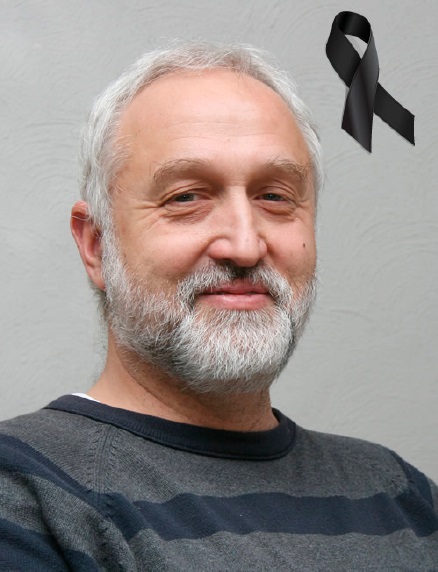Services on Demand
Journal
Article
Indicators
-
 Cited by SciELO
Cited by SciELO -
 Access statistics
Access statistics
Related links
-
 Similars in
SciELO
Similars in
SciELO
Share
Revista mexicana de astronomía y astrofísica
Print version ISSN 0185-1101
Rev. mex. astron. astrofis vol.49 n.1 Ciudad de México Apr. 2013
Review
Leonid Georgiev
1961–2012

Leonid Georgiev, Mexican astrophysicist and member of the Instituto de Astronomia of the Universidad Nacional Autónoma de Mexico, passed away on December 26, 2012. Born in 1961 in Lom, Bulgaria, Leonid earned a PhD degree in Astronomy from the Faculty of Physics of Sofia University in 1992 with the thesis entitled The spectral variability of 11 single Wolf–Rayet stars and its nature and connection to their evolution. This investigation was the prelude to what would become the central topic of his work throughout the rest of his life, and one which would lead him to become an expert on the observations and theoretical modeling of the spectroscopic characteristics of stars possessing stellar winds.
After graduation, Leonid Georgiev occupied a permanent position in the Department of Astronomy of Sofia University and then, in 1995, he traveled to Mexico for a 2–year postdoctoral visit at the Instituto de Astronomia. In 1998 he was offered a research position at this same Institute, where he remained for the rest of his life, becoming fully committed to teaching, observatory development and other institutional activities in addition to his research activities.
Most recently, he was tackling the problem of theoretically determining the observational properties of non–isotropic stellar wind configurations, such as occur in close binary systems where the interactions due to stellar winds and irradiation can lead to significantly asymmetric wind structures. He was also developing methods for the self–consistent analysis of circumstellar nebulae and the stellar atmosphere and wind of the associated central star, and, in addition, he was part of the team working on the robotization of the Observatorio Astronómico Nacional de San Pedro Martir 1.5 m telescope and its use for detecting gamma–ray burst optical counterparts.
Besides being an extremely skilled observational astronomer, Leonid was a wonderful colleague, always forthcoming with help, advice and insight on topics ranging from fundamental astronomy to galactic cluster evolution, on astronomical instrumentation and computational techniques. His warm and direct manner of interacting with people gained him the respect and admiration of students, colleagues and friends.
Leonid was a resourceful and tenacious researcher, admired teacher, and devoted to his family and friends. He will be missed greatly by us all.
Gloria Koenigsberger














